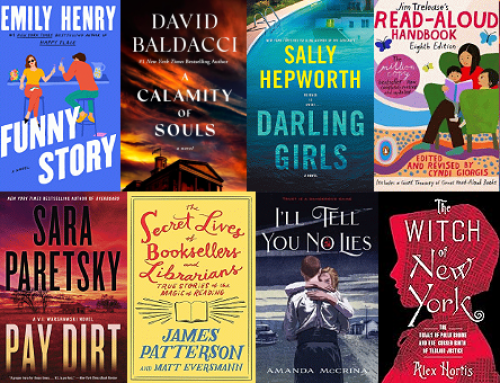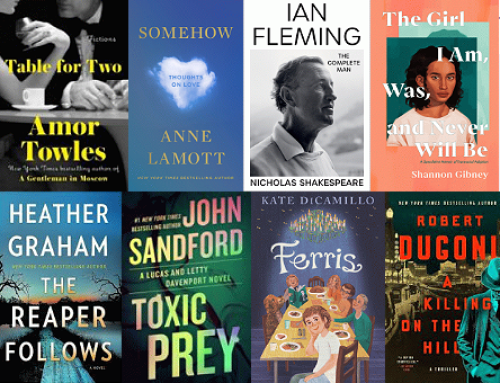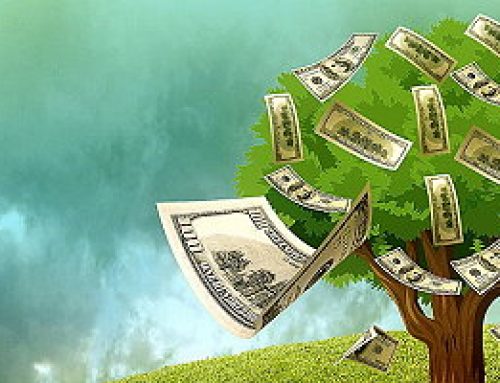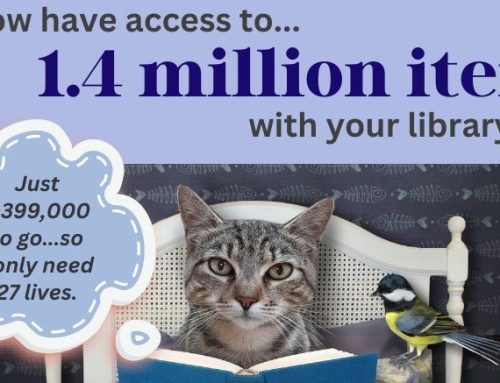On New Year’s Day, for the first time in more than 20 years, published works entered the public domain. Thousands of them, in fact.
Specifically, works from 1923 — including movies such as The Ten Commandments and The Pilgrim (directed by Charlie Chaplin), music such as the ‘Charleston’ song and ‘Yes! We Have No Bananas,’ and books such as The Prophet by Kahlil Gibran, A Son at the Front by Edith Wharton, and many more by authors including Robert Frost, Agatha Christie and Aldous Huxley — became part of the public domain, which means they are now free for everyone to use and build upon without permission or fee.
Why has it been more than 20 years since works entered the public domain? Works from 1923 were actually scheduled to enter the public domain in 1999, at the end of a 75-year copyright term. But in 1998, Congress extended their copyright term by another 20 years, giving works published between 1923 and 1977 an expanded term of 95 years of copyright protection. So, everything that was to have entered the public domain in 1999 was put on hold for those 20 years until yesterday, New Year’s Day 2019.
On their Public Domain Day 2019 page, The Center for the Study of the Public Domain at Duke Law lists ways in which the release of this ‘treasure trove of cultural material’ is being celebrated, including:
- Google Books will offer the full text of books from that year, instead of showing only snippet views or authorized previews.
- The Internet Archive will add books, movies, music, and more to its online library.
- HathiTrust has made over 50,000 titles from 1923 available in its digital library.
- Screenings of public domain films in community theaters.
…and many more. The expiration of copyright means anyone can use these materials for education, research, or creative endeavors—whether it’s translating the books, building new music based on old classics, or creating new versions of the films.
What can happen when works enter the public domain? The Public Domain Day 2019 page gives the example of the 1947 film It’s a Wonderful Life, which entered the public domain in 1975 because its copyright was not properly renewed after the first 28-year term (under previous copyright laws):
The film had been a flop on release, but thanks to its public domain status, it became a holiday classic. Why? Because TV networks were free to show it over and over again during the holidays, making the film immensely popular. But then copyright law reentered the picture. . . . In 1993, the film’s original copyright holder, capitalizing on a recent Supreme Court case, reasserted copyright based on its ownership of the film’s musical score and the short story on which the film was based (the film itself is still in the public domain). Ironically, a film that only became a success because of its public domain status was pulled back into copyright.
To view a list of some of the notable works that just entered the public domain, visit the Duke Law Public Domain Day 2019 page, which also includes a link to a downloadable spreadsheet with more than 1,000 works of music, art, literature and film now in the public domain.
You’ll also find information on why the public domain matters, how the law pertaining to copyright has changed over the years and affected what enters the public domain, and a great set of Frequently Asked Questions. Just the tip of the iceberg on what is a fascinating and complex topic that touches both creators and consumers.
We’ve got a library display of public domain books and movies in the works, so be sure to check it out on your next visit. Maybe you’ll discover — or rediscover — a wonderful new (old) work!










